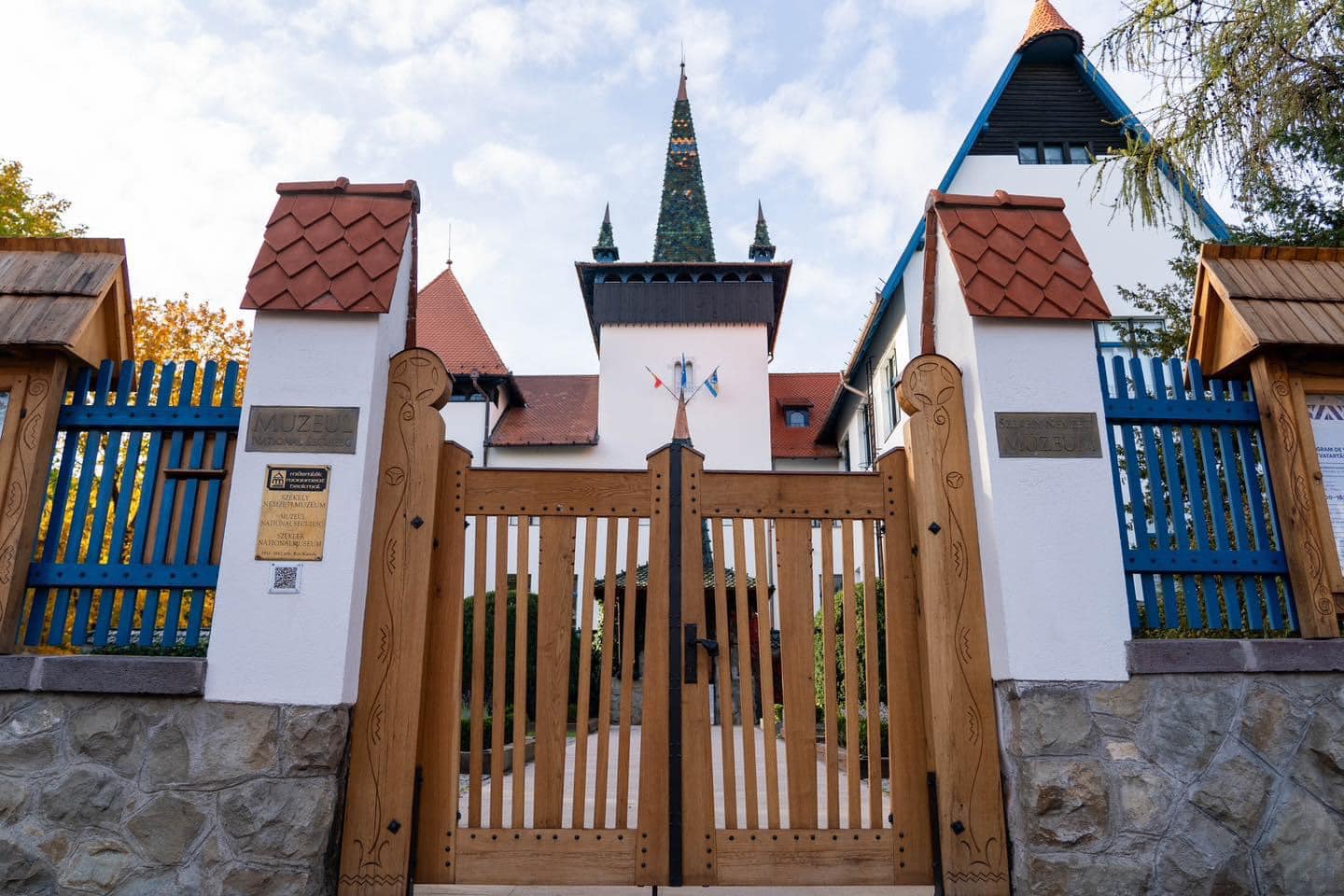
John Sadovy photographed the events for four days between October 29 and November 1.Continue reading

The Szekler National Museum in Sfântu Gheorghe (Sepsiszentgyörgy, Romania) opens on Thursday after a complete renovation, reports Turizmus.com.
The Károly Kós-designed complex, home to the most important Hungarian public collection beyond the border, was presented to journalists on Tuesday by Mihály Vargha, director, and Sándor Tamás, president of the Assembly of Covasna County, maintaining the institution.
They stressed that the institution is intended not only to provide knowledge, but also as a place for quality leisure time, and the exhibition space has been increased by 30 percent. The newly opened chapel will host church weddings, and the garden, which has been transformed into a dendrological park, will host outdoor concerts and family events.
The main exhibition, entitled Geniuses behind the heroes, is taking a new approach to the events of the Hungarian Civic Revolution and War of Independence of 1848–1849 in the Trei Scaune region (Háromszék, one of the administrative units of historical Szeklerland), from a community perspective.
The main space is occupied by Áron Gábor’s cannon and Jenő Gyárfás’s painting of it, and the exhibition also highlights how the master carpenter turned into a cannon-maker and became a hero of the revolution.
Of the 70 or so cannons cast in the area, only one has been found, buried in 1906, in the lobby of a hospital. It was first taken to Sfântu Gheorghe, then to Bucharest in 1971, and in 2012, it was returned to the Szekler National Museum.

Photo via Facebook/RMDSZ – Háromszéki Területi Szervezet
Mihály Vargha spoke about the importance of changing attitudes, saying that they would like to make children interested in the past through digital content and museum education. The process of cannon casting would be explained through animation.
The building will also host an exhibition on the history of the institution, entitled Milestones, and a temporary exhibition on Károly Kós, alongside sections on fine art, natural history, ethnography, and history.
Sándor Tamás recalled that Károly Kós wanted to build a building that represented the Szekler nation. In addition to the renovation of the property built in 1912, several elements that Kós had envisioned but not completed at the time were also implemented, such as the entrance gate, the garden lights, and the well.
As Vargha noted, the dendrological park, used for events, will be a great asset, with 1,600 species of indigenous plants. It is also the site of the ancient and medieval stone archives.
The financing contract for the EU-funded project was signed in May 2017, but the contractor was found only after five calls for tenders in June 2021. The total investment cost EUR 5 million, with the Covasna County Municipality providing around 32% of the costs.
Via turizmus.com, Featured image via Facebook/RMDSZ – Háromszéki Területi Szervezet